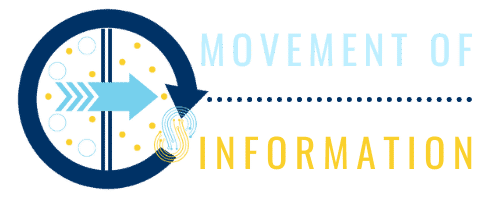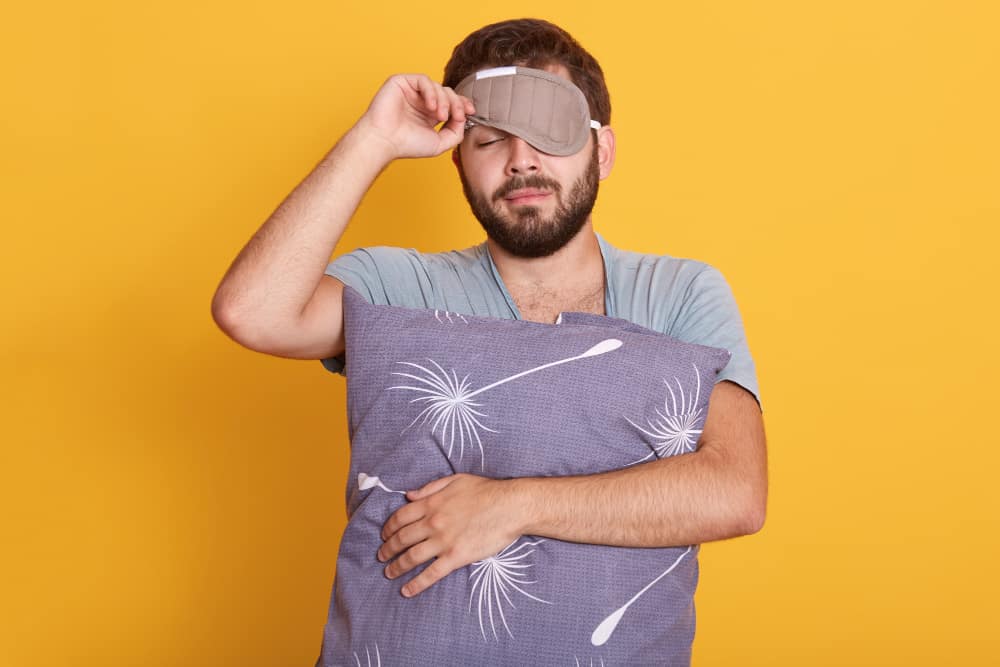The DOT’s federal rules and regulations specify their training requirements for a specimen collector. Remember that a specimen collector refers to a person trained in DOT procedures and policies to collect urine specimens that is utilized in the DOT drug testing programs.

A specimen collector plays a huge role when it comes to the effectiveness of the DOT drug testing program. They can help the workers in the drug testing process by offering instructions and directions.
The specimen collector is also responsible for the urine sample collection, doing an initial urine sample inspection for signs of adulteration or tampering, and providing crucial documentation to the employer, employee, lab, and MRO. Hence, specimen collector training is important so that they can be knowledgeable and capable in the procedure as required by Federal Regulations. This page discusses what you need to know about specimen collector training.
Specimen collector training requirements
It’s important to note that any person can become a certified specimen collector, so you don’t need to have any medical background. The only prerequisite is that you need to go through training so that you can be proficient in the DOT regulations and rules. The training also covers proficiency demonstration using 5 error-free mock specimen collections. Two of these are uneventful collection scenarios while one is an insufficient quantity of urine samples.
Besides these, there is also one involving a temperature-out-of-range scenario and the last one relates to a scenario when a worker tampers evident bottle seals and refuses to sign the CCF.
Re-certification of the refresher training is also needed every 5 years when you complete the initial training. This training covers some basic and initial proficiency demonstrations. There is also error-correction training, but this is only needed when a specimen collector makes a serious mistake that leads to a drug test being canceled.
Therefore, the training can help you gain knowledge of current urine specimen collection procedures and DOT agency regulations. You can also know the required steps to complete a collection properly and transmission of CCF.
Training can also assist you to know the right way to respond to problem collections like attempts to tamper with a urine specimen and a shy bladder. Also, you can learn the differences between fatal-flaw and correctable flaws. Above all, you can understand your responsibility when it comes to maintaining the collection process’ integrity and making sure that the specimen is secure.
How you can become a qualified specimen collector
The best way you can become a qualified specimen collector is to understand PART 40 regulations and the current DOT urine collection procedure guidelines. You should also know the DOT agency regulations that apply to the employers you will be doing the collections for and keep updated on changes to these materials. Also, you need to complete a specimen collection training program and pass a monitored proficiency demonstration.
Take note that there is no waiver to this requirement. The qualifications of a specimen collector are not collection site-specific. Their eligibility can follow them to any location where they collect DOT agency-regulated urine specimens. There is also no requirement for a certified collector to register or even to be on a federally-maintained list, though they need to maintain documentation of any successful completion of the training as well as proficiency demonstration requirements.
It’s worth mentioning that you don’t have to be certified to do DOT urine specimen collection or run a DOT collection site before you can start collecting urine specimens. This is because only an individual collector can become qualified for DOT urine specimen collection and not a collection site.
When it comes to the qualification training program, the DOT expects specimen collector trainers to focus their curriculum on the urine specimen collection guidelines, the latest DOT publications, and DOT regulations. As explained earlier, the certification training has to include some key elements. This includes Part 40 collection procedures, the required steps to do a proper collection, the best way to fill out the CCF, and how to deal with problem collections. The training can also cover the responsibility of the collector when it comes to maintaining the credibility and integrity of the collection process, specimen security, and privacy.
And, the trainer doesn’t have to be a qualified or experienced collector or the same individual who monitors the proficiency demonstration. The course material can be conducted by video, taught in person, via the internet, or by any other convenient means. There is also no compulsory time requirement for this part of training. An examination is not needed, but it’s a good idea to choose a course that has any means of making sure that a specimen collector has successfully learned. After completing the training program, the prospective collector has to do five consecutive error-free mock collections, but under the direct supervision of a qualified monitor.
Most trainers need to offer you a certification once you complete the specimen collection training. But you need to prepare a document to employers, DOT agency inspectors, and employer-designed service agents that usually contract for their services and are eligible to collect DOT urine specimens.
On request, you need to provide enough details on the content of your training program and proficiency demonstration. This helps the Federal Inspector to feel confident that you meet the requirements of the regulation. For example, you can show the Federal Inspector your training graduation certificates and letters that a qualified observer or trainer signed proving that you attended the training and completed the course successfully.
You should also remember that it’s important to attend refresher training. Each certified specimen collector needs to go through refresher training at least every 5 years so that they can still be eligible to collect DOT urine specimens. In most cases, the content of the refresher training can be the same or equivalent to the initial training and proficiency demonstration. This is because DOT wants you to stay updated with any changes to the regulations, meaning you don’t have to wait for these refresher training courses to learn about changes to the DOT regulations. Alternatively, you can make sure that you regularly read announcements about any changes to DOT regulations.







